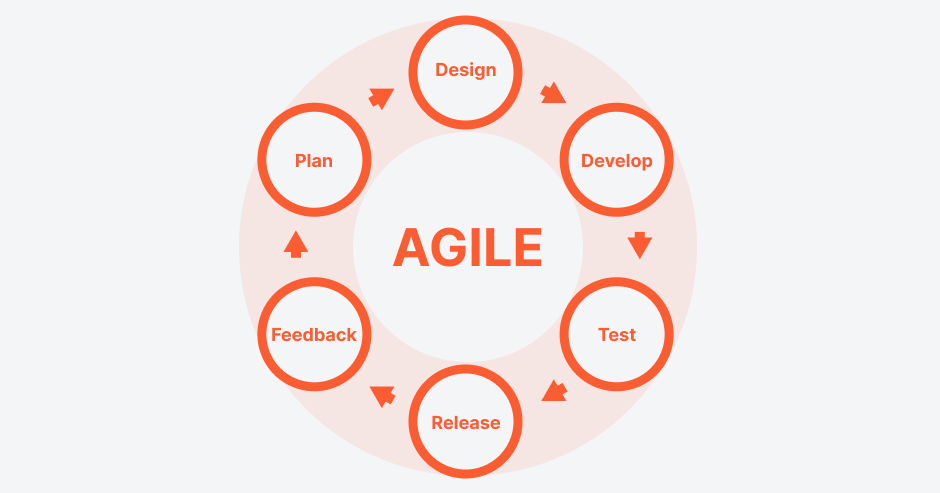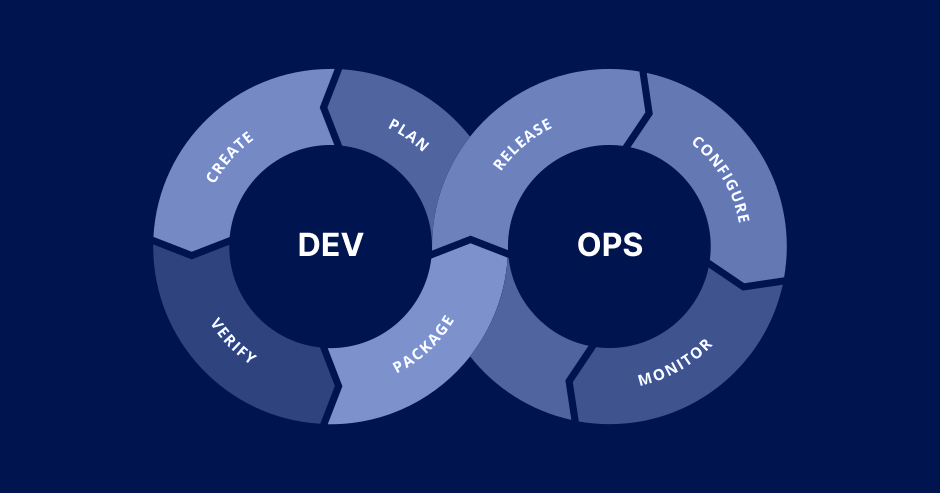Streamlining the software development process can be a challenge, yet leveraging Software Development Life Cycles (SDLC) empowers project managers and system analysts to navigate and optimize every stage. By utilizing these cycles, tech teams can methodically outline, design, develop, test, and deploy software products or information systems with increased regularity, efficiency, and overall quality.
Originally known as the 'systems development lifecycle' in the 1960s, SDLC emerged to assist large corporations in managing intricate business systems that demanded extensive data processing and analysis, as noted in Geoffrey Elliott's book, Global Business Information Technology.
In this article, we delve into the essential stages comprising a robust Software Development Life Cycle and explore the popular models that structure this methodology.
Hire, manage and retain remote tech talent easily, securely and compliantly. Build high-performing tech teams with vetted engineers starting from $50/hour with 30-day risk-free trial →

Phases of the Software Development Lifecycle
The software development lifecycle consists of several interconnected phases that guide the development process from start to finish. These phases include Planning, Design, Implementation, Testing, Deployment, and Maintenance. By following a structured approach, organizations can effectively manage and streamline their software development process.
Planning
In the planning phase, the project objectives and scope are determined. This involves identifying the stakeholders, understanding their requirements, and defining the project goals. Establishing a clear vision and scope ensures a strong foundation for the development process and helps in avoiding potential challenges down the line.
Design
During the design phase, the system architecture and user interface designs are created. This involves selecting the appropriate technologies and tools that best align with the project requirements. A well-thought-out design ensures that the software is scalable, maintainable, and meets the end-users' needs.
Implementation
In the implementation phase, the software development team writes code according to the design specifications. Adhering to software development best practices, such as Agile methodology or Iterative development, ensures that the code is efficient, maintainable, and secure.
Testing
Testing is a critical phase in the software development lifecycle, as it helps ensure software quality. Various types of testing are conducted to identify and fix bugs or issues. This includes functional, performance, security, and usability testing, among others. A thorough testing process guarantees a reliable and robust software product.
Deployment
Once the software has been tested and verified, it is prepared for deployment in the production environment. The deployment phase involves ensuring seamless integration with existing systems and setting up the necessary infrastructure to support the software. Proper deployment strategies, such as Continuous Integration/Continuous Deployment (CI/CD) and DevOps, can help streamline this process and minimize potential risks.
Maintenance
The final phase of the software development lifecycle is maintenance. This involves providing ongoing support and updates for the software to address any performance issues or security vulnerabilities that may arise. Regular maintenance ensures that the software remains up-to-date, secure, and performs optimally for its users.
Software Development Methodologies
There are various methodologies that can be adopted to streamline and improve the software development process. These methodologies focus on different aspects of planning, design, implementation, testing, deployment, and maintenance, ensuring that the software development lifecycle is executed effectively.

Agile Methodology
71% of US companies use Agile. Agile methodology is an iterative and incremental approach to software development, focusing on collaboration, flexibility, and continuous improvement. By breaking down the development process into smaller, manageable tasks, Agile allows teams to quickly respond to changing requirements and deliver higher quality software. Key principles and practices of Agile development include regular communication, prioritization of work, and frequent releases.
Also read: Top Agile tools for remote software team management
Prototyping
Prototyping involves creating early versions of the software to refine design and requirements before diving into full-scale development. This approach enables teams to gather valuable feedback and make iterative improvements, ensuring that the final product meets the end-users' needs. Utilizing prototypes can help in identifying potential issues early on, reducing the risk of costly changes later in the development process.
Continuous Integration/Continuous Deployment (CI/CD)
CI/CD is a software development practice that streamlines the software release process through automation. It involves continuously integrating code changes into the main repository and automatically deploying them to the production environment. This approach enables faster delivery of software updates and improvements, ensuring software quality and speed are maintained throughout the development lifecycle.

DevOps
77% of companies rely on DevOps to deploy software. DevOps is a software development methodology that integrates development and operations teams for better collaboration and efficiency. By breaking down the traditional silos between these teams, DevOps aims to improve software delivery and reliability. This approach emphasizes communication, automation, and continuous improvement, leading to faster and more stable releases.
Also read: DevOps engineer hiring guide
Key Considerations in Software Development Lifecycle
There are several important factors to consider when navigating the software development lifecycle. These considerations encompass various aspects, such as communication, documentation, quality assurance, project management, and continuous improvement. By addressing these key areas, organizations can enhance the overall efficiency and success of their software development projects.
Communication and Collaboration
Clear communication among team members and stakeholders is vital to the success of any software development project. Effective collaboration ensures that everyone is on the same page and working towards a common goal. Utilizing tools and practices, such as Agile methodology or DevOps, can help enhance communication and collaboration within the team, leading to better outcomes.
Documentation
Creating and maintaining documentation throughout the software development process is essential for team collaboration and future maintenance. Thorough documentation provides a record of project requirements, designs, implementation details, and testing results. This information can be invaluable for troubleshooting issues, onboarding new team members, and making future updates to the software.
Quality Assurance
Quality assurance plays a significant role in the software development lifecycle. Ensuring software quality through testing and validation helps identify and fix potential issues before they become critical problems. By incorporating quality assurance practices, such as Continuous Integration/Continuous Deployment (CI/CD) and automated testing, organizations can improve software quality and minimize the risk of defects.
Also read: How to build a remote QA team
Project Management
Effective project management is crucial in software development. It involves tracking progress, managing resources, and ensuring that the project stays on schedule and within budget. Utilizing project management tools and methodologies, such as Agile or Iterative development, can help keep the project organized and ensure that milestones are met.
Continuous Improvement
Continuous improvement involves learning from project experiences and incorporating improvements in future projects. Feedback and retrospectives play a significant role in this process, enabling teams to identify areas for improvement and implement necessary changes. By fostering a culture of continuous improvement, organizations can consistently enhance their software development processes and deliver better results.
Also read: 12 most in-demand programming languages to learn in 2023
Building a Thriving Remote Career with Index.dev
Join Index.dev, a global remote work platform providing software engineers with full-time, long-term job opportunities boasting an impressive 95% talent retention rate. Our commitment is to offer security, reliability, and support from project inception to completion.
Engineers benefit from:
- Assured, consistent pay, eliminating freelancer concerns like client ghosting, time tracking issues, and payment fraud. Work for new clients without any listing fees.
- Jobs are delivered to you after passing our vetting process, eliminating the need for job searching.
- Work for reputable companies as we pre-qualify clients for legitimacy.
- Long-term contracts ensure steady income; our tech talent usually stays for over 13 months.
- Guaranteed timely payments even if a company defaults. If a project ends, and your reviews are positive, we quickly place you in another.
- Dedicated Account Managers support you from onboarding to project completion.
- Reach out for help and necessary regulation if issues arise with clients.
Choose Index.dev for a secure, supportive, and thriving remote work experience.